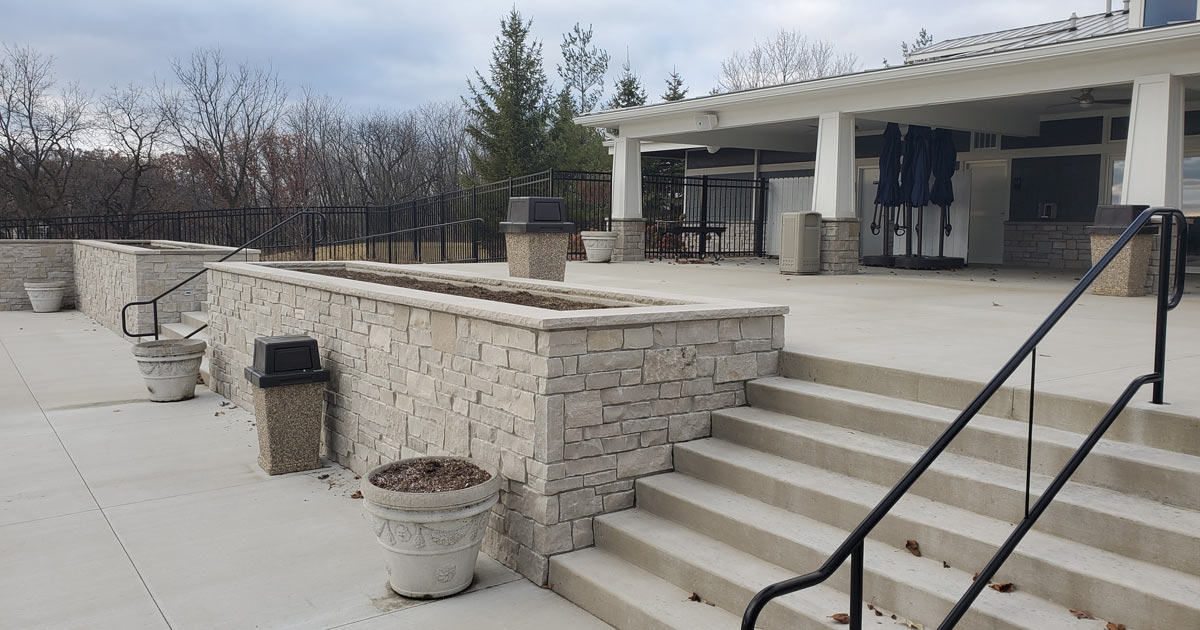Enviromental Benefits
Environmentally SOUND
Our environment matters. Concrete is produced locally from some of the world’s most abundant natural resources and without toxic byproducts. Concrete can be made with reclaimed industrial materials that would otherwise burden landfills. Recycled materials in concrete reduce CO2 emissions. At the end of a concrete building or pavement’s usable life, concrete can be recycled.
Concrete has a superior lifespan compared to other products. Its thermal mass reduces temperature swings in buildings and conserves energy. Use of Insulating Concrete Form for above-grade wall systems provides for increased R values, reducing heating, cooling, and infrastructure costs. Concrete structures are durable.
Concrete’s light color reduces the heat island effect, lowering urban energy use. Concrete’s light color reflects more light at night, reducing lighting infrastructure and energy costs.
Impervious concrete roofs support green landscaping, reducing water runoff and reducing heat island effect. Pervious concrete percolates stormwater into soil, recharging aquifers and preventing polluted runoff from overwhelming streams and lakes.
Concrete helps achieve LEED certification. From the homeowner to the largest urban areas, concrete is playing a major role in protecting and maintaining our environment. For more information on the many green benefits of concrete, go to Green Concrete or Green Roof Tops.






